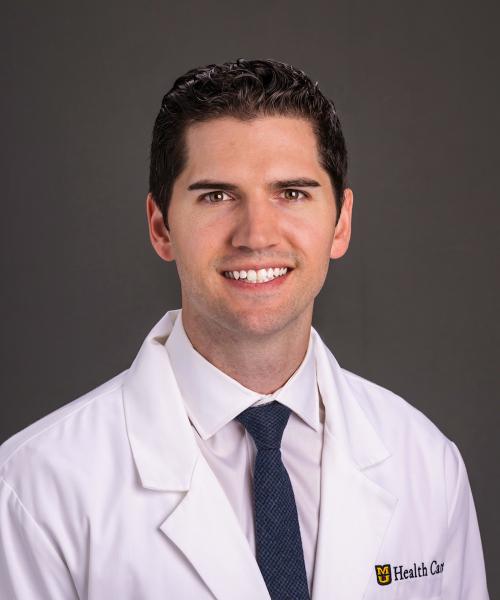About
Douglas Haase, MD, is an orthopaedic trauma surgeon with experience treating hip and pelvis, shoulder and joint fractures and repairing nonunion or malunion of surgically repaired fractures.
Dr. Haase is inspired by his patients, and serves them with compassion, communication and competence to help his patients experience the best outcome. He finds joy in helping his patients regain function and return to the activities they love and lives they want.
Though orthopaedic trauma is a full-time passion, outside of the hospital Dr. Haase makes plenty of time for his wife Amanda and daughter Emiline. Together they enjoy the outdoors, skiing, golfing and fishing. Their family also includes two cats, Gigi and Teddy, and Frederick, a 150-pound dog.
Education & Training
Medical School
University of Minnesota Medical School
Residency
Orthopaedic Surgery
- University of Kansas Medical Center-Kansas City
Fellowship
Orthopedic Traumatology
- University of Texas Health Science Center at Houston
Insurances
MU Health Care participates with most major managed care organizations. To find out whether MU Health Care is a participating provider in your insurance plan or network, or for information on co-payments and deductibles, please contact your insurance carrier directly.
Academic Information
Research Profile
Douglas Haase, MD, is an orthopaedic trauma surgeon and researcher interested in improving functional outcomes for patients following fractures. Dr. Haase’s recent research evaluated the utility of intraoperative CT scans in the treatment of pelvis and acetabular fractures to improve patient safety, morbidity and functional outcomes. He has worked closely with general surgeons, radiologists and infectious disease experts in patient care.
Research Interests
- Functional outcomes
- Novel treatment and imaging techniques
- Complications in the treatment of pelvic ring and shoulder girdle injuries
Areas of Expertise
- Orthopaedic trauma surgery
- Malunion and nonunion repair
- Shoulder girdle injuries
- Pelvis and acetibular fractures
- Periarticular fractures



